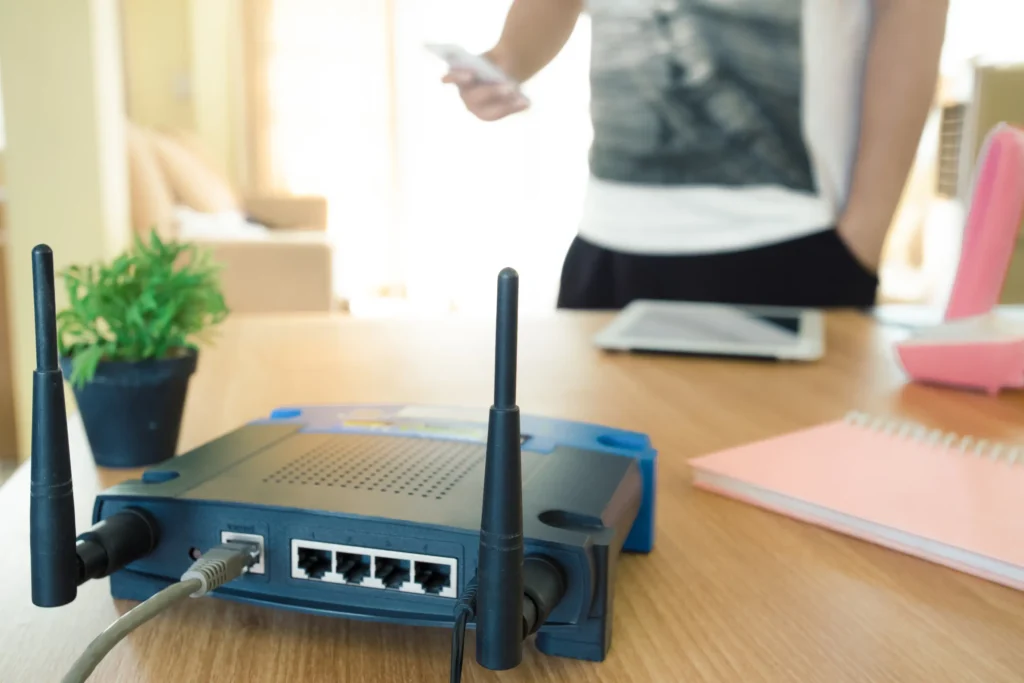In today’s digital age, home internet has become an essential utility, much like electricity or water. Whether you’re working from home, streaming your favorite shows, or staying connected with loved ones, a reliable home internet connection is crucial. This article will provide you with everything you need to know about home internet, including its advantages, key takeaways, and a detailed comparison of different types of connections. By the end, you’ll have a clear understanding of how to choose the best home internet for your needs.
What is Home Internet?
Home internet refers to the service that provides internet access to your household. It allows you to connect multiple devices, such as smartphones, laptops, smart TVs, and gaming consoles, to the World Wide Web. With the rise of remote work, online education, and smart home devices, home internet has become a cornerstone of modern living.
Key Takeaways
- Home internet is a necessity for modern households, enabling work, education, entertainment, and communication.
- There are several types of home internet connections, including DSL, cable, fiber-optic, satellite, and fixed wireless.
- Speed, reliability, and cost are the most important factors to consider when choosing a home internet plan.
- Home internet providers often bundle services like TV and phone to offer better value.
- Regularly testing your home internet speed can help you ensure you’re getting the service you pay for.
Advantages of Home Internet
1. Work from Home
With the rise of remote work, a stable home internet connection is essential for video conferencing, file sharing, and accessing cloud-based tools.
2. Online Education
Students of all ages rely on home internet for virtual classes, research, and completing assignments.
3. Entertainment
Streaming services like Netflix, YouTube, and Spotify require a fast and reliable home internet connection for uninterrupted enjoyment.
4. Smart Home Devices
From smart thermostats to security cameras, many smart home devices depend on home internet to function properly.
5. Communication
Stay connected with friends and family through video calls, social media, and messaging apps, all powered by home internet.
Types of Home Internet Connections
1. DSL (Digital Subscriber Line)
DSL uses existing telephone lines to provide internet access. It’s widely available and affordable but tends to offer slower speeds compared to other options.
2. Cable Internet
Cable internet uses the same coaxial cables as your TV service. It’s faster than DSL and widely available, but speeds can drop during peak usage times.
3. Fiber-Optic Internet
Fiber-optic internet is the fastest and most reliable type of home internet. It uses light signals to transmit data, offering incredibly high speeds and low latency. However, it’s not yet available in all areas.
4. Satellite Internet
Satellite internet is ideal for rural areas where other types of home internet are unavailable. While it provides coverage almost anywhere, it tends to be slower and more expensive.
5. Fixed Wireless Internet
Fixed wireless internet uses radio signals to deliver internet access. It’s a good option for rural areas but can be affected by weather conditions.
Comparison of Home Internet Types
| Type | Speed | Reliability | Availability | Cost |
|---|---|---|---|---|
| DSL | 5-100 Mbps | Moderate | High | 20−20−50/month |
| Cable | 25-500 Mbps | High | High | 30−30−100/month |
| Fiber-Optic | 250-2000 Mbps | Very High | Limited | 50−50−150/month |
| Satellite | 12-100 Mbps | Low | Very High | 50−50−150/month |
| Fixed Wireless | 10-100 Mbps | Moderate | Moderate | 40−40−100/month |
How to Choose the Best Home Internet for Your Needs
1. Determine Your Usage
- Light users (email, browsing): 10-25 Mbps
- Moderate users (streaming, gaming): 50-100 Mbps
- Heavy users (4K streaming, multiple devices): 200+ Mbps
2. Check Availability
Not all types of home internet are available in every area. Use online tools to check which providers and connection types are available near you.
3. Compare Costs
Consider both the monthly cost and any additional fees, such as installation or equipment rental.
4. Read Reviews
Look for customer reviews to gauge the reliability and customer service of different home internet providers.
5. Test Your Speed
Use online speed test tools to ensure you’re getting the speeds you’re paying for.
FAQs About Home Internet
1. What is the best type of home internet?
Fiber-optic internet is generally the best due to its high speeds and reliability. However, availability is limited, so cable internet is a strong alternative.
2. How much speed do I need for home internet?
For most households, 100 Mbps is sufficient. However, if you have multiple devices or heavy usage, consider speeds of 200 Mbps or higher.
3. Can I get home internet without a phone line?
Yes, most modern home internet connections, such as cable and fiber-optic, do not require a phone line.
4. How can I improve my home internet speed?
- Upgrade your plan
- Use a wired connection instead of Wi-Fi
- Position your router in a central location
- Limit the number of connected devices
5. What is the cheapest home internet option?
DSL is typically the cheapest, but it may not offer the speeds needed for modern usage.
Conclusion
Choosing the right home internet is essential for staying connected in today’s world. By understanding the different types of connections, their advantages, and how to evaluate your needs, you can make an informed decision. Whether you’re looking for speed, reliability, or affordability, there’s a home internet solution out there for you. Take the time to compare providers and plans, and don’t hesitate to test your connection to ensure you’re getting the best possible service.
With the right home internet, you can enjoy seamless streaming, efficient remote work, and uninterrupted communication. Stay connected, stay informed, and make the most of your digital life!

